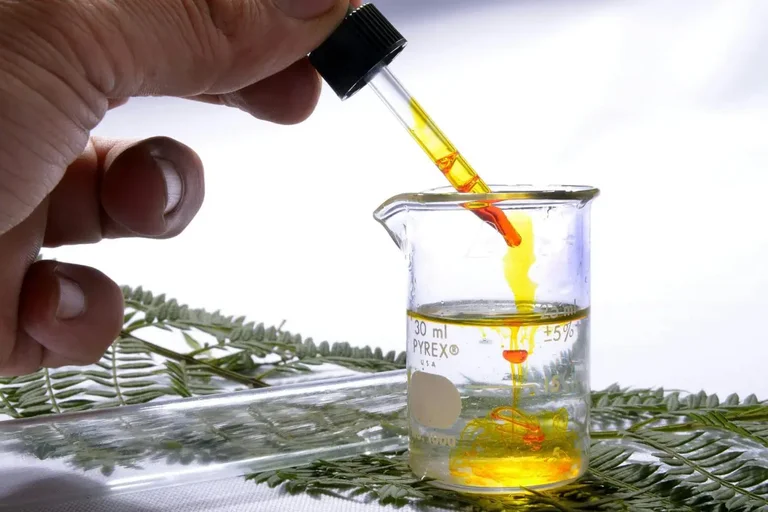
New Chemical Process Breaks Down 90% Of Plastics Efficiently
Imagine a society without costly machinery or dangerous chemicals where stubborn plastic garbage may be eliminated in as little in a 25-30 minutes. According to researchers at the University of New South Wales (UNSW) and CSIRO have made a new finding that holds that promise.
What’s the Big Idea?
What it targets:
The method uses cheap, easily accessible iron trichloride (sometimes called ferric chloride) in conjunction with oxygen and light exposure, and it operates at room temperature.The process has been shown to break down seven common types of plastics, including polystyrene (used in foam containers), into tiny molecules It has been shown that the procedure breaks down seven main plastic types into tiny molecules, including polystyrene, which is used in foam packaging. Within 30 minutes, plastic weight drops by 90%, and within three hours, it can reach 97%.
How Does This New Process Work?
Australian researchers at the University of New South Wales (UNSW) have created a ground-breaking method that just requires light, air, and an iron-based catalyst—a material that accelerates chemical reactions.
It breaks polymer chains and a 405-nanometer LED light-hree using iron salt (iron tricoloride) as a catalyst. Chlorine radicals produced by the catalyst break bonds. The air’s oxygen then aids in the creation of simple molecules.
What’s produced:
These compounds and carboxylic acids, which are used as components in coatings, solvents, and scents, are among the small, beneficial molecules that are produced as plastic breaks down.
- Shredded plastic: (such as food containers or Styrofoam) is combined with iron salt and a solvent.
- Oxygen (from air) and purple LED light are added.
- In 30 minutes, 90% of the plastic breaks down into smaller chemicals that can be reused.
Why This Is Important:
The Australia Institute reports that since 2000, Australia’s overall plastic consumption has more than doubled. It will more than double again by 2049.
Here’s some benefits about this research & experiment.
Benefit Why It Matters:
1 Low energy use: Makes use of a lot less energy than melting or burning plastic and operates at room temperature with a few LED lights.
2 Simple setup: No complicated machinery, just a glass flask, a stirrer, iron salt, shredded plastic, and an LED light.
3.No pre-sorting needed: It works with a variety of plastics, including colorful ones, so you don’t have to sort fabrics, foam, or bottles by kind.
How Does This Compare to Other Recycling Methods?
Nowadays, the majority of plastic is either:
- Burned: Releasing toxic fumes.
- Buried in landfills: Where it lasts for centuries.
- Mechanically recycled: But only for specific types of polymers.
Although plastic pollution has been a major issue for many years, we have hope because to advancements like these. This technique has the potential to transform recycling and contribute to environmental cleanup if it is expanded.
A potential approach to reducing plastic pollution is provided by this novel chemical method. 90% of some plastics may be broken down into useable molecules in about 30 minutes under mild conditions, without the need for toxic substances or expensive energy. If expanded, it could assist industry, waste management firms, and cities in reducing plastic waste more affordably and sustainably.
For More Article>https://www.climatechallange.com/trash-or-recycling-why-plastic-keeps-us-guessing/